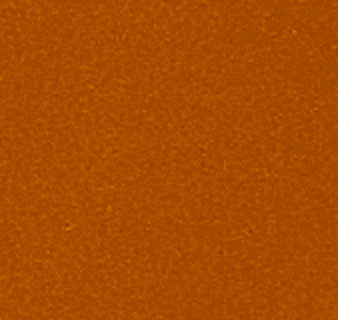Observing Log for Mike Durkin
12/30/2006 about 9:00 PM-2:00 AM
Oyster Bay, NY
Transparency: 7/10, seeing: 5/10
Celestron Ultima 8 PEC
Since I still have this week off from work, another night out in Oyster Bay.
I read in my astronomy magazines that an asteroid, Iris, was visible at about 7th magnitude. After finding out exactly where it was was in Starry Night, I was able to find it. I just wished it looked like something else besides a star.
After that I tried going after 2 galaxies I've always wanted to get, M81 and M82. It took me a while to find them. It is a pain finding things near the pole on a equitorial mount. Anyway, after a while I did find them:
M81: appeared as small fuzzy spot, slightly oval. Rougly 5-10' in size.
M82: shaped like a line about 10' by 2' in size. Maybe mottled or smoky in appearance.
After that I decided I took some pictures of the moon using my Coolpix 995. The seeing didn't seem particularly good, and I think I should have tried stacking some images or using the webcam. Here are some of the pictures:
 |
 |
 |
 |
 |
 |
Next up I tried using my DSLR with a Canon 75-300mm EF zoom lens I got, even though there was a gibbous moon. So far I am not too impressed with the lens. Manual focusing was very sensitive. Also the objective lens is smaller than the film DSLR zoom lens I was using, so most of my images were a little on the underexposed side. I also noticed that after stacking, that some of my bright stars had blue halos. I can only hope that by using a larger f-ratio, that I can reduce the blue stars. I also found out that the longest exposure I can take with the laptop is 30 seconds, so I will be needing to use the computerized remote for longer exposures.
Anyway, here are a couple of my images of the area around Orion's Sword and Belt:
12/27/2006 about 9:00 PM-2:00 AM
Oyster Bay, NY
Transparency: 7/10, seeing: 5/10
Celestron Ultima 8 PEC
Another night out on LI and tonight I focused a bit on the moon. Looking through the telescope there was a long shadow across one of the Maria from a mountain int he middle of it (Mons Piton) and a valley just above it (Vallis Alpes). Also intersting was a crater in the area that had 2 smaller craters inside it (Crater Cassini).
So then I tried taking some pictures, first with the DSLR. I also used a f/6.3 focal reducer to get the whole moon in the frame. While taking the pictures, if I made the exposure too long, I would saturate part of the image. However, if the exposure was too short the image seemed a little blurry, which I think may be due to the mirror moving. I will try to find out if I can lock up the mirror, or I just can't use a scope as big as this foor the moon. I did manage to find a balance for the exposure and the result is here:
So after using the DSLR, I used my Nikon Coolpix 995 and the 18mm Scopetronix eyepiece to take portions of the moon and then stitch them together to make one single higher resolution image. I had some issued after the stitching with the background color being a good match, I probably should have stitched first before the other processing. Anyhow, that picture is here, and I have some of the interesting features noted:
12/24/2006 about 12:00noon-2:00 PM
Oyster Bay, NY
Transparency: 9/10, seeing: 4/10
8" Celestron Ultima PEC and Coronado PST
Stayed out on LI and decided to try to take advantage by doing some solar
observing. I set up the PST piggybacked on the Ultima 8 PEC. While I
took a few pictures thru the PST, my initial look at them isn't
great. I don't think my focus with the camera was quite sharp enough. Here are a couple of the better images:



Visually with the
7.4mm (54 x), I was able to make out quite a bit of surface detail, including a couple of dark filaments. There was on that was rather large, about 10-20% of the disk. You can see the filament clearly in the first image above. I only made out a few
very small prominences, which I didn't bother to try to take any pictures of.
I also used the solar filter on the 8" SCT. The view through that at 30x
(67 x) was not very interesting. The disk of the sun did not show any
sunspots or other features I was able to see. Even with some processing in Photoshop, I was not able to bring out any real detail.
I took this time also to try out taking some pictures that were intentionally out of focus, and then process them thru Photoshop. This would give me an idea if some of the features I am seeing are real, or just noise/compression artifacts. You can see the results below:
 |
 |
| Blurry image | Focused image |
Even though the blurry images shows some "graininess" that might be mistaken for features, the focused image does actually seem to have some real features, although the noise could be washing some of it out. Ideally, I should be taking these pictures with no compression and also stacking multiple images to minimize noise.
I also tried out the binoviewer I bought at the last meeting. I don't
think I can bring it into focus with the PST, but they did seem to work OK
with the Celestron SCT.
Hopefully I will be able to get some chances to try to get better shots of the sun later this week.
<-- 2005 Jan Feb Mar Apr May Jun Jul Aug Sep Oct Nov Dec 2007 -->




